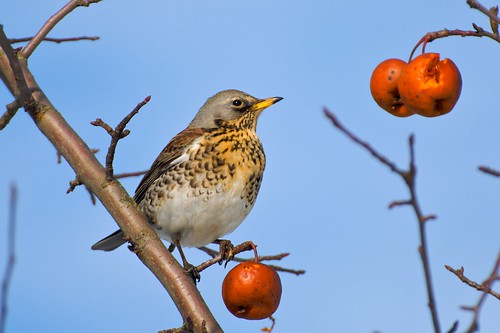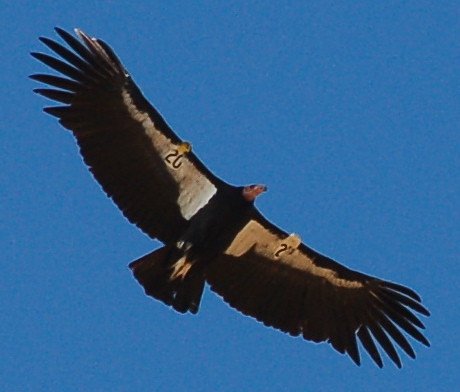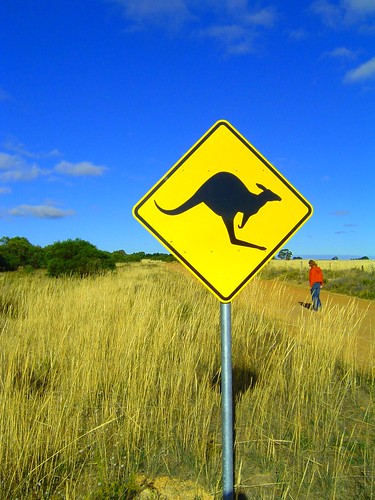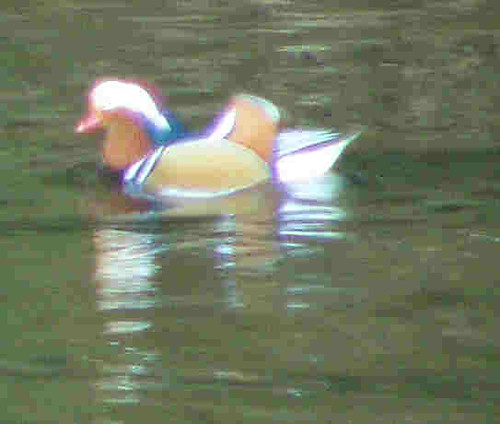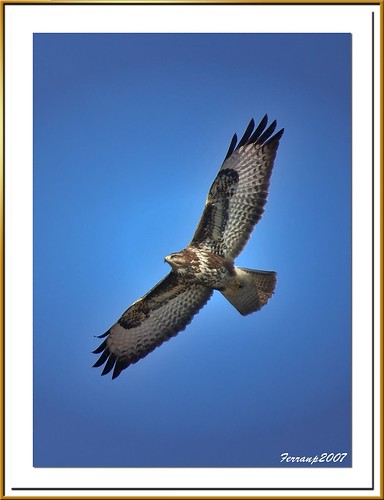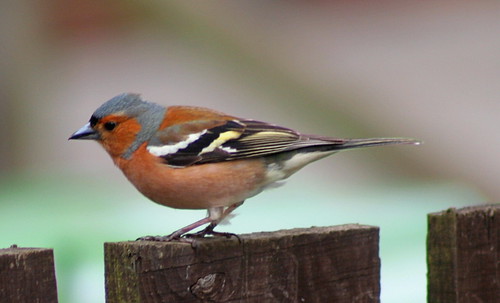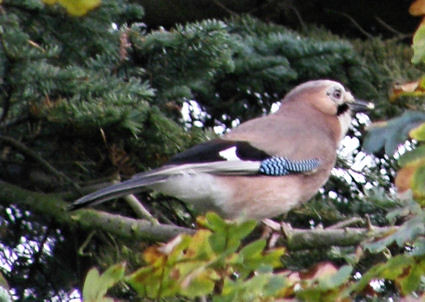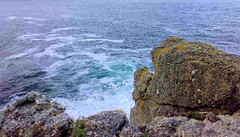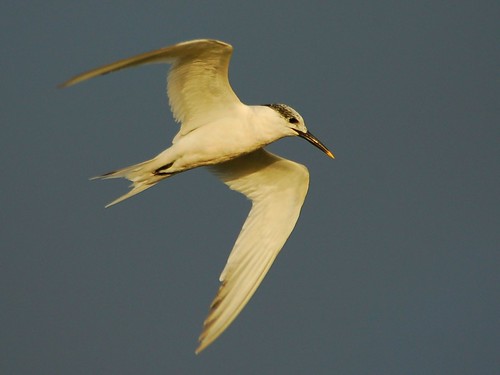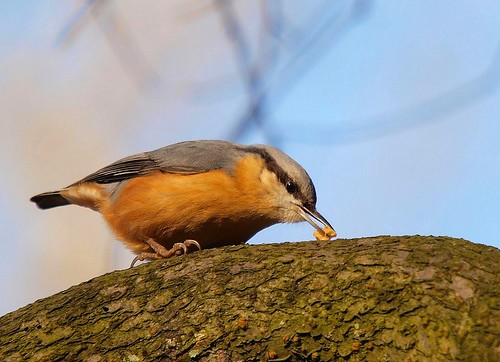
For fun, I've incorporated strict suited connectors (down to 54s) to my starting repertoire, which has increased the flops giving me four to a flush or straight. I have no problem semi-bluff betting them when I’m first to act, even if I've been sucked into calling a pre-flop raise. As far as I know, the board hasn't hit my opponents and I may as well bet for information at least or to steal the pot at best.
It’s less fun responding to another player’s post-flop bet. I’m not sure that reraising is working. For a start, I already have information: that my oppo likes his hand, unless he's continuation betting. So, the only motivation for reraising must be to steal the pot. And players are fighting back by re-reraising, damn their eyes. Then not only have I failed in my steal but I’m getting shite odds to call. And to call with a fair proportion of my remaining stack, indeed maybe committing all of it to the hand – not what I had in mind with marginal starting cards.
What if my opponent merely calls my raise? Do I continue the semi-bluff on the turn? Again at far greater cost than my budget for the hand? Basically, I’m getting into scary territory.
I think that floating is the answer. Call the bettor despite the lousy odds, even the implied odds, on the draw. There's still a chance to win the pot on the turn if he gives up the lead. I don't have to worry about distinguishing continuation bets either; I can treat them all the same.
The float doesn't work well against serial bettors, so it’s important to read them. It’s not good against multiple opponents either although, with a draw, they may generate good pot odds by calling. Really, it’s just any old excuse to stay in the hand and chase down a beautiful thing. The hard maths would determine the effectiveness of reraising versus floating but for now I’m going on instinct.
So much for a cash game. The situation in a tournament is different. In the name of pushing on, fast, early doors I'd reraise, even put my entire stack at jeopardy. A 2-1 chance to double up? Ease the next few levels? Be the table bully? Against spending an hour or two struggling to some grisly end, probably against the same odds?
In fact, I’m tending also to play one-gap suited connectors early in tournaments, which increases the reraising dilemma. But it’s a damn sight more fun than waiting for monster hole cards, especially when they’re overtaken to knock you out anyway.



